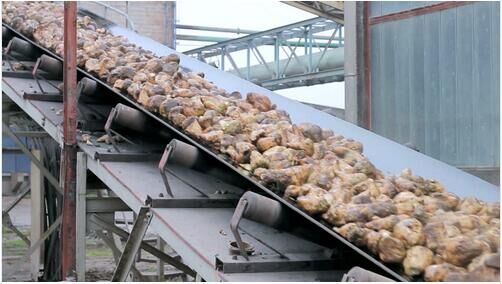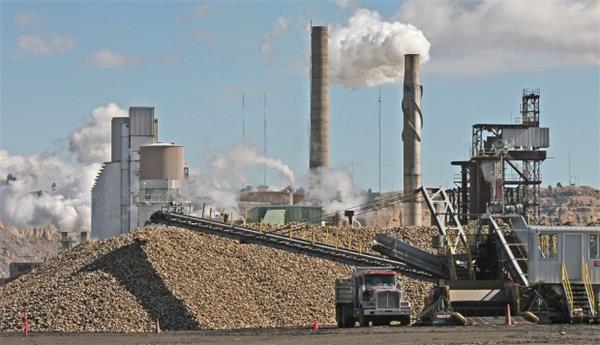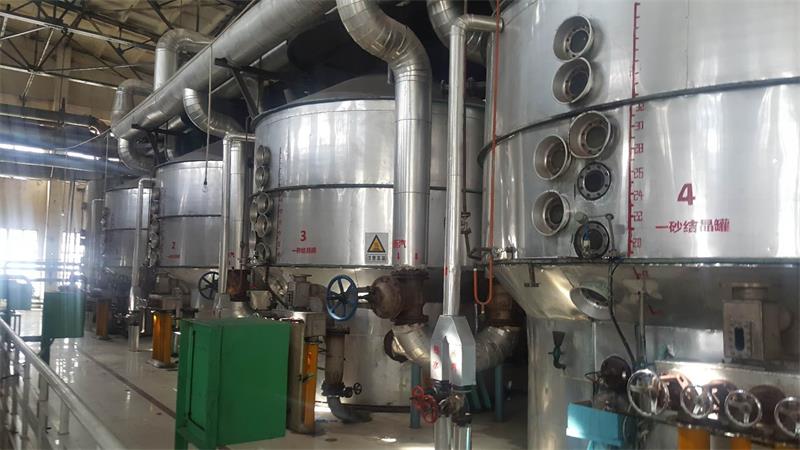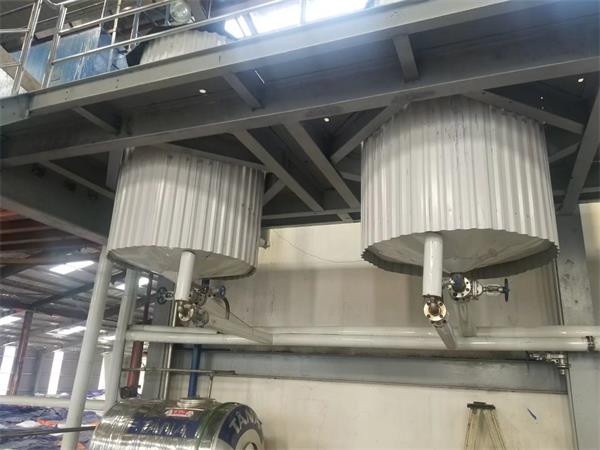Sugarcane beet equipment Product introduction
Sugar production from beets

The beets are prepared for washing and slicing - they are transported to the factory in a sink. Remove the rocks and weeds before washing the beets. Then the washed roots of the sugar beets are cut into thin, noodle-like strips, called Cosette, and sent to the extraction system.
Diffusion of sugar extract - Soak these in hot water to remove the syrup. Then heat the syrup and expose it to lime and carbon dioxide to remove the remaining impurities.

Sugar factory (purification, crystallization and drying) - Filter the purified fruit juice, evaporate and concentrate it, crystallize it and dry it. Then store it in silos until it is packaged for transportation.
The process of sugar production from sugar beets includes procedures such as juice extraction, purification, evaporation, crystallization, honey separation, and drying.
Juice extraction: First, the sugar beets need to be pre-treated and shredded, and then the exuded juice is obtained.

Purification: Before concentrating and crystallizing the sugar syrup, purification should be carried out to remove as much non-sugar as possible, so as not to affect the quality of the sugar product and increase the amount of waste honey and sugar loss.
Evaporation: Before boiling sugar, a multi-effect evaporation operation must be adopted to concentrate the sugar juice. During the evaporation of the sugar juice, the sucrose, reducing sugar and other non-sugars in it will undergo a series of chemical changes under the influence of temperature, pH value and concentration conditions.

Sugar boiling, crystallization assistance, and honey separation: The syrup is pumped into a sugar boiling tank and further heated and evaporated under vacuum. After evaporation and concentration reach a certain degree of supersaturation, sugar powder can be added to form crystals. Subsequently, syrup or molasses is continuously added to gradually grow the grains until a sugar paste with both crystal content and mother liquor concentration that meet the specified requirements is formed throughout the tank, and then it can be placed in the tank.
Drying: The discharged sugar paste flows through the crystal aid tank into the honey separator. The mother liquor is separated by centrifugal force. The crystalline sugar remaining in the machine is washed with water, discharged and dried to become the finished granulated sugar product.
Generally, the last four steps are the same as those for making sugar from sugarcane. Sugar production refers to the process of extracting sucrose from sugarcane or sugar beets and other sugar-containing plants. The products include white granulated sugar, brown granulated sugar, soft white sugar, cube sugar and rock sugar, etc., collectively known as table sugar. The stems of sugarcane and the roots of sugar beets both contain 12% to 18% sucrose, which is mixed with some soluble non-sugars (including nitrogen-containing and nitrogen-free organic substances as well as minerals, etc.) in the cell SAP of parenchymis, namely sugar juice. The sugar-making process involves extracting sugar juice through leaching or pressing, then removing non-sugar components, followed by evaporation, concentration, and sugar crystallization. Finally, the mother liquor is separated by a centrifugal molasses separator to obtain the finished white granulated sugar product. The mother liquor, which contains some of the sucrose that cannot crystallize and most of the non-sugar components, is called waste molasses.



























